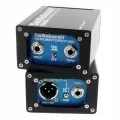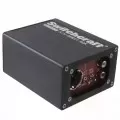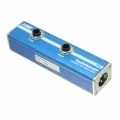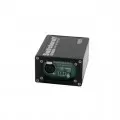OUTLINE:
Where Is Throttle Pedal Position Sensor Switch A Circuit
 1432
1432The throttle pedal position sensor switch A circuit is a critical component in modern automotive systems. This circuit plays a vital role in the operation of the throttle system, ensuring accurate and responsive control over engine performance. In this article, we will delve into the function and significance of the throttle pedal position sensor switch A circuit, shedding light on its role in the overall functionality of a vehicle's throttle system.
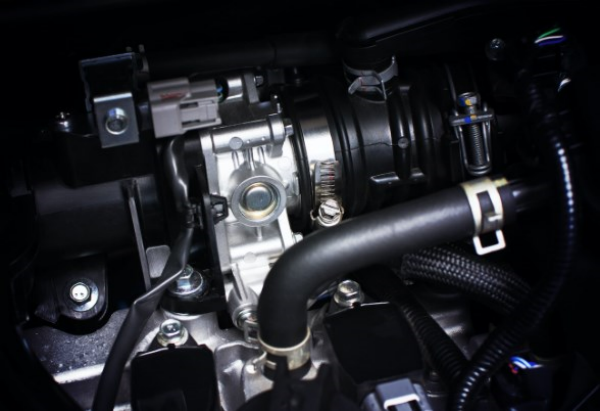
What is a Throttle Pedal Position Sensor Switch A Circuit
The throttle pedal position sensor switch measures the position of the accelerator pedal. While the A Circuit denotes a specific circuit in a vehicle's throttle system. It typically consists of a throttle pedal position sensor, associated wiring, and the engine control unit (ECU) or powertrain control module (PCM).
When the driver presses or releases the throttle pedal, the position sensor detects the movement. The sensor may be a potentiometer or a Hall effect sensor.
As the pedal moves, a potentiometer-based sensor changes resistance, generating an analog voltage output. In contrast, a Hall effect sensor monitors changes in the magnetic field as the pedal travels and outputs a digital signal.
These electrical signals are routed through the wiring harness to the ECU or PCM. The ECU or PCM evaluates the signals to detect the driver's input, then adjusts the throttle opening and fuel delivery appropriately. This provides fine control over throttle response and engine performance.
Where is the Throttle Pedal Position Sensor Switch A Circuit
The throttle pedal position sensor switch A circuit is typically located near the accelerator pedal assembly in the vehicle's cabin. It is connected to the throttle pedal and communicates with the ECU.
What are the Symptoms of a Faulty Throttle Pedal Position Sensor Switch
- Unresponsive or delayed throttle response.
- Engine hesitation or stalling.
- Inconsistent acceleration.
- Illumination of the check engine light.
- Reduced engine power or limp mode activation.
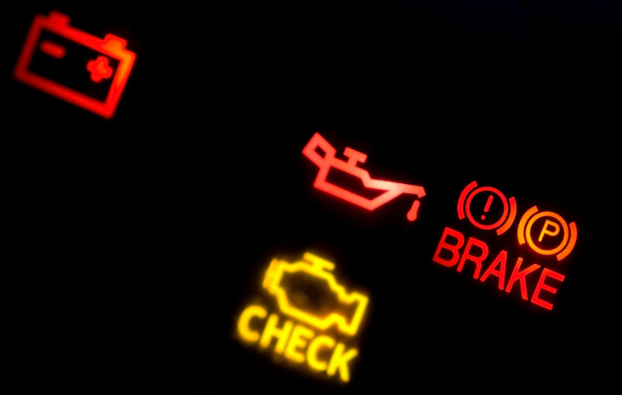
What Happens When Throttle Pedal Position Sensor Goes Bad
When a TPS goes bad, it can cause several problems with the engine's performance. Here are some of the common symptoms of a faulty TPS:
- Erratic Idle: A fluctuating or rough idle is a common symptom of a faulty TPS. This is because the ECM is not receiving accurate information about the throttle position, causing it to miscalculate the required fuel injection.
- Stalling: A faulty TPS can also cause the engine to stall, especially when coming to a stop or when accelerating from a stop. This is due to the sudden change in throttle position that the ECM is not able to anticipate correctly.
- Hesitation or Surging: Hesitation or surging during acceleration can also be caused by a faulty TPS. This is because the ECM is not able to provide the engine with the correct amount of fuel as the throttle position changes rapidly.
- Reduced Fuel Economy: A faulty TPS can lead to reduced fuel economy. This is because the ECM may be injecting too much or too little fuel, causing inefficient combustion.
- Illuminated Check Engine Light: The ECM may trigger the check engine light if it detects abnormal readings from the TPS. This is an indication that there is a problem with the sensor and that it needs to be checked out.
How to Diagnose a Faulty Throttle Pedal Position Sensor Switch
If you want to give it a simple check before going to the repair shop, then you can follow these steps.
- Use a diagnostic scanner: Connect a scanner to the vehicle's OBD-II port and check for trouble codes related to the throttle pedal position sensor switch.
- Check for physical damage: Inspect the sensor and its wiring for any signs of damage, such as corrosion, loose connections, or frayed wires.
- Test sensor output: Use a multimeter to measure the voltage or resistance output of the throttle pedal position sensor switch while operating the accelerator pedal.
How to Repair a Faulty Throttle Pedal Position Sensor Switch
Here are the steps to repair the sensor switch by yourself. However, we suggest you go to the repair shop to get this problem fixed. You can also follow the steps given below to fix by yourself.
- Identify the throttle pedal position sensor switch. It is usually located near the accelerator pedal, either under the dashboard or attached to the pedal itself.
- Disconnect the electrical connectors from the sensor.
- Remove the mounting screws that secure the sensor in place.
- Inspect the sensor for any signs of damage, such as cracks, corrosion, or loose wires.
- If the sensor is damaged, it will need to be replaced. If it is not damaged, you can try to clean it using a contact cleaner.
- Reconnect the electrical connectors.
- Clear the engine check light (CEL) using a scanner or by disconnecting the battery for a few minutes.
- Test drive the vehicle to make sure that the sensor is working properly.
Question: Can I Replace Just the Throttle Position Sensor
The answer is Yes, in most cases, you can replace just the throttle position sensor (TPS) without having to replace the entire throttle body. The TPS is a relatively inexpensive and easily accessible component, and replacing it is a common repair task for both professional mechanics and DIY enthusiasts.
Here's a general overview of the process of replacing a TPS:
-
Gather the necessary tools and materials: You'll need a set of screwdrivers, a socket wrench set, and a replacement TPS that is compatible with your vehicle.
-
Locate the TPS: The TPS is typically located on the throttle body, which is mounted on the intake manifold. Consult your vehicle's repair manual for the exact location of the TPS.
-
Disconnect the battery: This will prevent accidental electrical shorts during the repair process.
-
Remove the TPS: Disconnect the electrical connector from the TPS and unscrew the mounting screws. Carefully remove the TPS from the throttle body.
-
Install the new TPS: Place the new TPS in position and align it correctly. Secure it with the mounting screws and reconnect the electrical connector.
-
Reconnect the battery: Once the TPS is installed, reconnect the battery terminals.
-
Start the engine and check for proper operation: Start the engine and allow it to idle. Check for any signs of trouble, such as erratic idle, hesitation, or illuminated check engine light.
If you're not comfortable replacing the TPS yourself, it's always advisable to have it done by a qualified mechanic. They will have the expertise and tools to ensure the repair is done correctly and safely.
The End
The Throttle Pedal Position Sensor Switch A Circuit is crucial for responsive acceleration, efficient fuel consumption, and overall vehicle drivability. If you encounter symptoms of a faulty throttle pedal position sensor switch A circuit, it's essential to address the problem promptly to maintain optimal engine performance and drivability. Hope this guide does help you.

Disclaimer: The views and opinions expressed by individual authors or forum participants on this website do not represent the views and opinions of Chipsmall, nor do they represent Chipsmall's official policy.

share this blog to:



